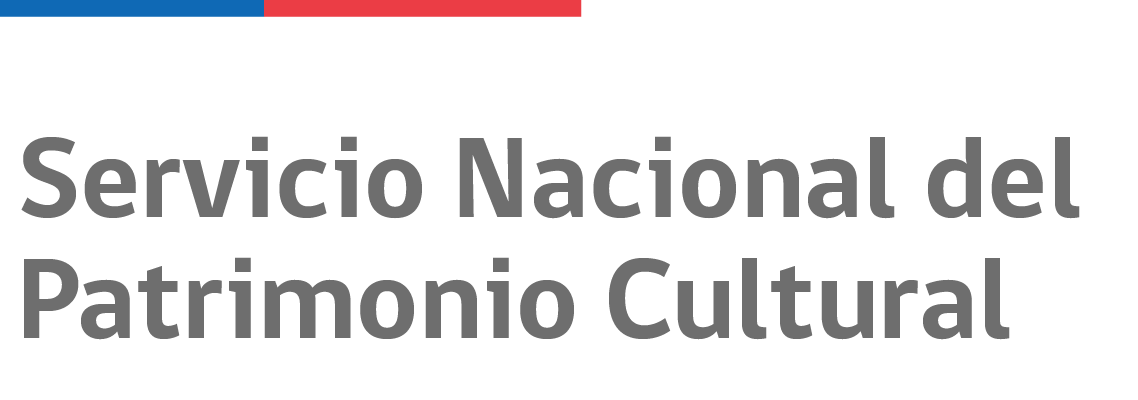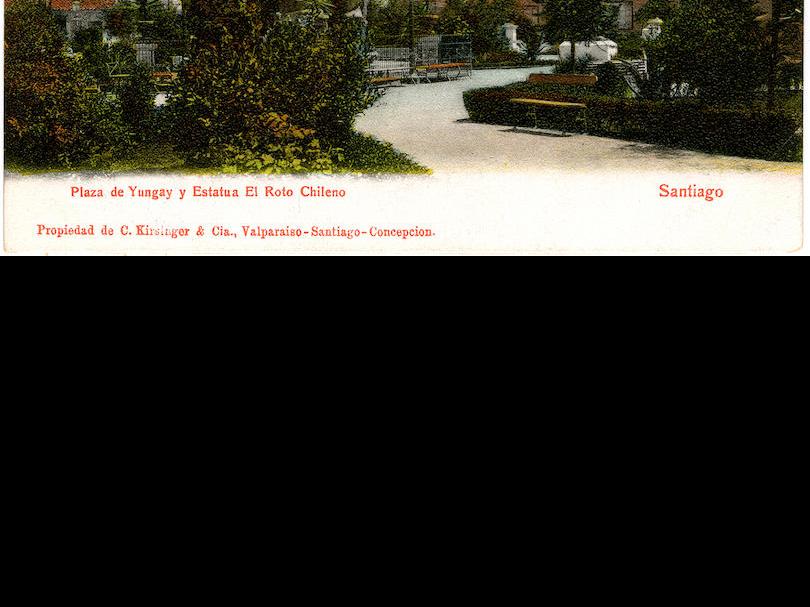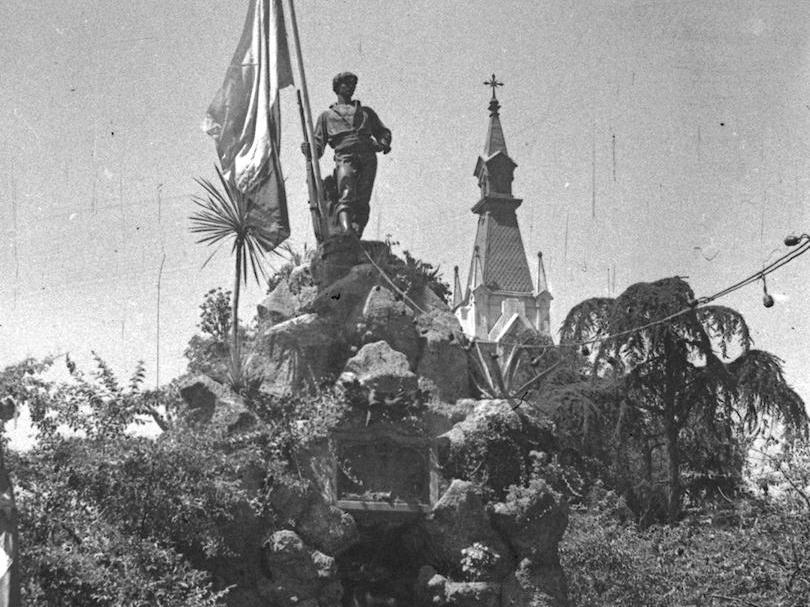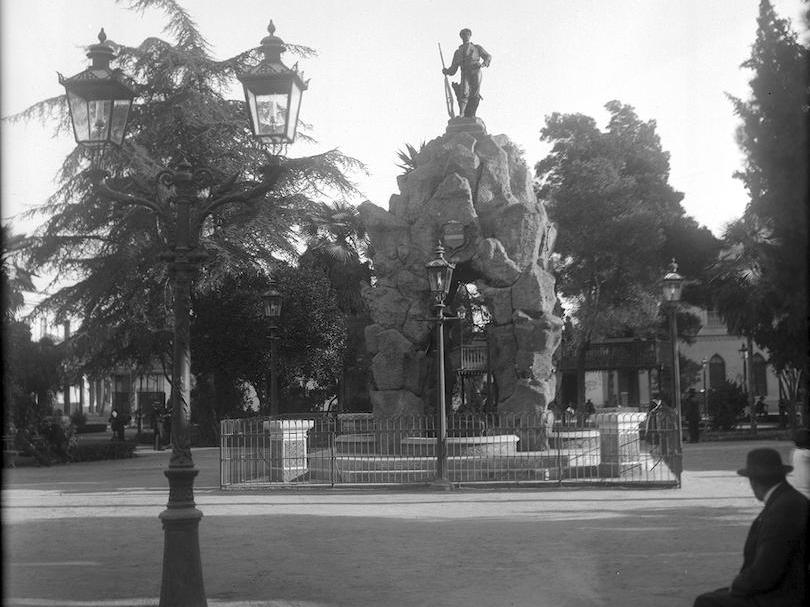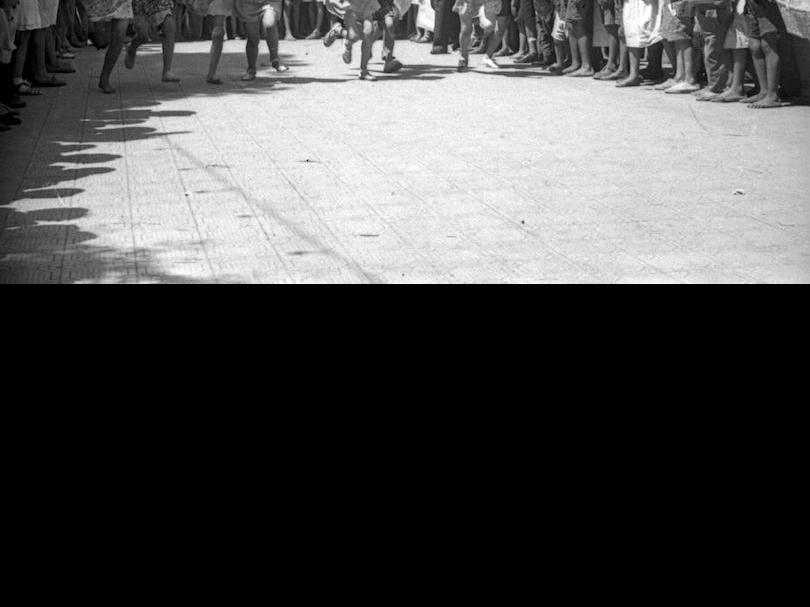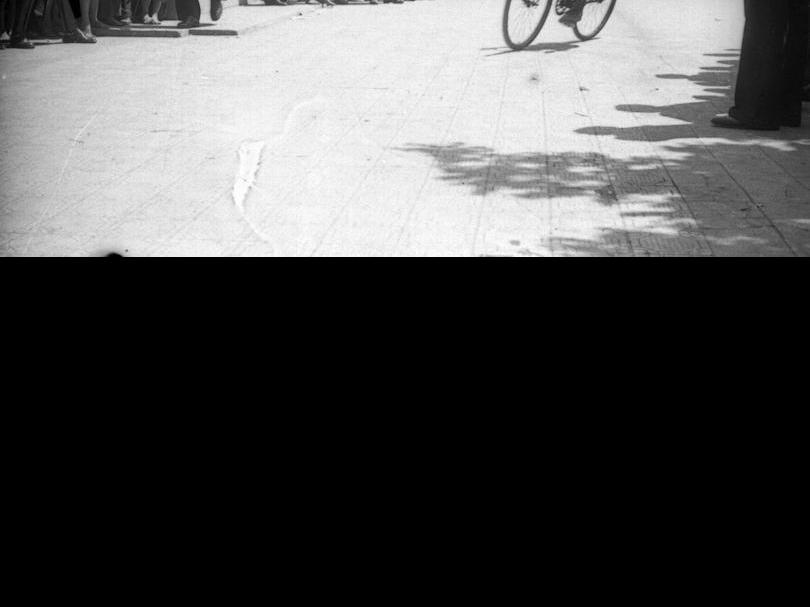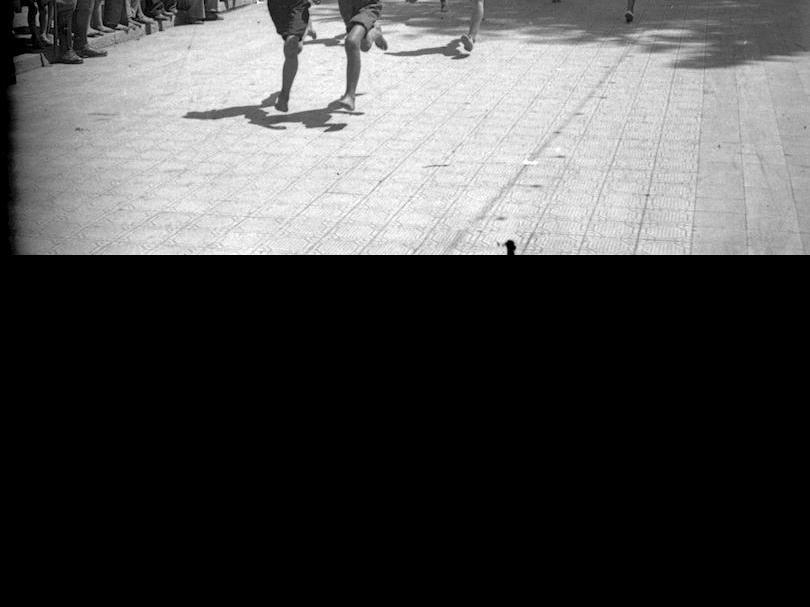On January 20 every year, Santiago’s Yungay neighborhood holds a party in honor of the roto chileno, a key figure in the country’s national identity. The term roto (literally “broken”) was originally used only in a derogatory manner to refer to poor Chileans, but subsequently acquired an affectionate overtone, with the roto coming to be viewed also as a person who faces life’s vicissitudes with courage and cheerfulness.
The roto is “despicable and admirable at the same time,” says Maximiliano Salinas, an historian and lecturer at the Humanities Faculty of the University of Santiago. “He came to characterize the common Chilean, that mixture of Spanish and indigenous ancestry,” he adds.
The roto today is a person who struggles for the advancement of his neighborhood and country and for good community practices, counters José Osorio, president of the Yungay Neighborhood Association. “That is the roto we want to celebrate, a person who goes to the carnival and transcends the neighborhood,” he explains.
The party
On 5 April 1839, President José Joaquín Prieto issued a decree creating the Yungay district of Santiago, naming it after the site of the battle that had given Chile victory in a war against the Peruvian-Bolivian Confederation (1836-1839).
The first party was held just a year later to celebrate not only Chile’s victory but also the heroes of the war - the rotos chilenos, poor Chileans who had been obliged to fight in “broken” clothes, but had triumphed heroically.
This carnival represented the first attempt to identify Chileans as a people building a nation. Later, the figure and role of the roto gained further importance during the subsequent War of the Pacific against Peru and Bolivia.
Over time, the carnival changed. In its early versions, for example, it lasted a whole month. Some of its traditions have, however, survived such as the inclusion of the Army and some public institutions.
In recent years, the inhabitants of Yungay have taken into account the figure of the roto as a popular figure also found in other Latin American countries and have begun to refer to the roto sudaca (South American roto).
“It is a party about integration that claims the right to occupy public spaces. It commemorates a history that looks to the future, we have reclaimed the neighborhood and we celebrate that struggle. It’s a milestone that allows us to install good community practices (environmental and heritage) and to celebrate as a family, with the children and the immigrants who live here,” sums up the president of the Yungay Neighborhood Association.
